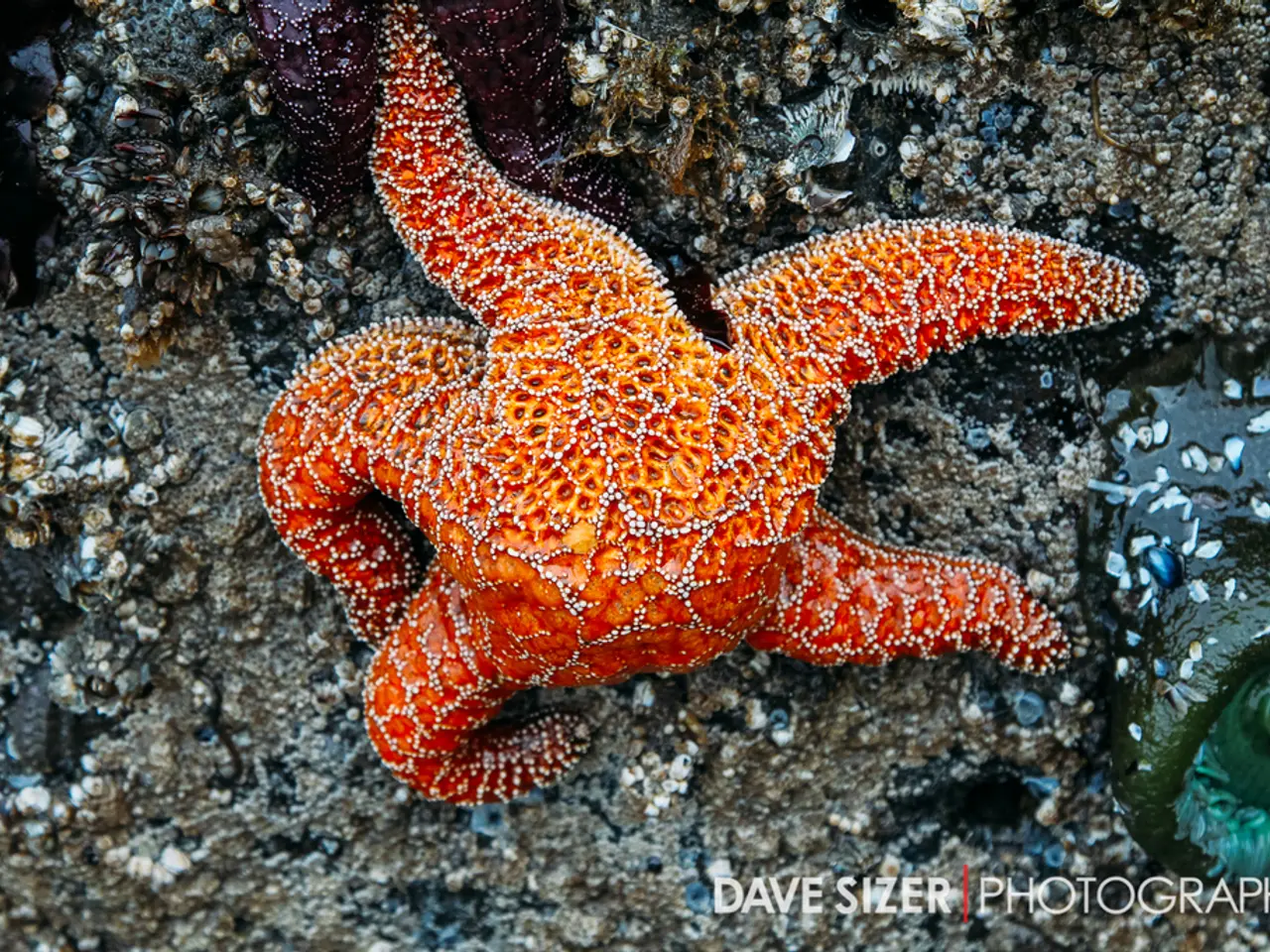Climate-resilient sea urchin species could offer a flavorful and pink option for future food sources.
A new study led by Kirk Sato, a researcher from the Okinawa Institute of Science and Technology, is shedding light on the potential of the pink sea urchin (Strongylocentrotus fragilis) as an alternative fishery in California, which could help shore up the struggling red sea urchin fishery.
The red sea urchin fishery has been grappling with the impacts of regional warming, ocean acidification, and hypoxia. As the situation worsens, identifying and facilitating potential climate-tolerant fisheries, such as the pink sea urchin, becomes increasingly important.
Sato and his team proposed a research project to California Sea Grant to evaluate the feasibility of a fishery from a population and seasonality point of view, and to compare the food quality properties of the roe. Their research indicates that the fragile pink sea urchin is hardier than its red cousins, thriving at greater depths, lower oxygen levels, and higher acidity levels than other urchin species.
The study found that the pink sea urchin species is most abundant at a depth of 250 to 300 meters (820 to 984 feet), similar depths where spot prawn fishers set their traps. Winter, it seems, is the primary time when the urchins produce edible roe. The density, timing, and location of the pink sea urchins looked promising to support a viable fishery.
However, there are no relevant search results available regarding the research status on using the pink sea urchin as a substitute for red sea urchin fishing in California. More research is needed on growth rates of the pink sea urchin, and processing trials and taste tests would be necessary to determine its market potential.
If a culinary market develops for the pink sea urchin, allowing spot prawn fishermen to keep and sell any pink sea urchins they catch as bycatch could be an easier solution. It's currently legal for urchin divers to harvest pink sea urchins, but it's not practical due to their deeper living habitats and the lack of a proven market.
The current sea urchin fishery in the U.S. has experienced unprecedented reductions in marketable wild-caught urchins after the 2014 warm blob and 2015 El Niño. The large red sea urchin (Mesocentrotus franciscanus), caught off the coast of Southern California, is particularly vulnerable to increased water temperatures, ocean acidification, and hypoxia.
The primary food source for sea urchins off the coast of Southern California is kelp forests. As these forests continue to decline due to warming waters and ocean acidification, the need for alternative fisheries becomes even more pressing. The purple sea urchin (S. purpuratus) has been harvested on a limited and experimental basis with little success, due in part to smaller sized roe.
The pink sea urchin, with its larger roe and climate resilience, could prove to be a valuable addition to California's fisheries. However, establishing a new fishery requires state and local agencies to approve and establish regulations. With further research and collaboration, the pink sea urchin could help sustain California's fisheries in the face of a changing climate.
Read also:
- Peptide YY (PYY): Exploring its Role in Appetite Suppression, Intestinal Health, and Cognitive Links
- Toddler Health: Rotavirus Signs, Origins, and Potential Complications
- Digestive issues and heart discomfort: Root causes and associated health conditions
- House Infernos: Deadly Hazards Surpassing the Flames




